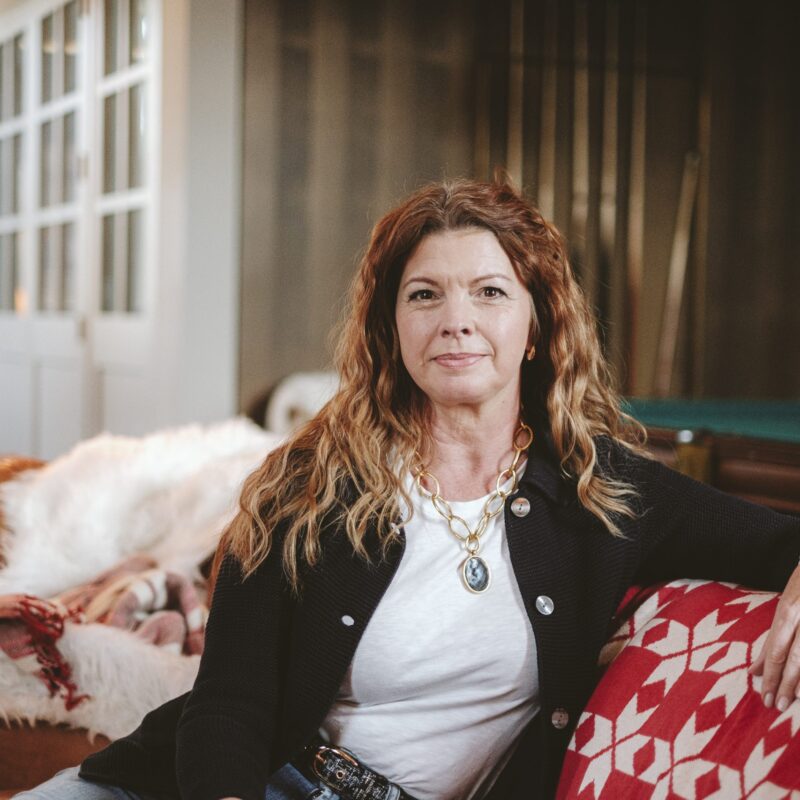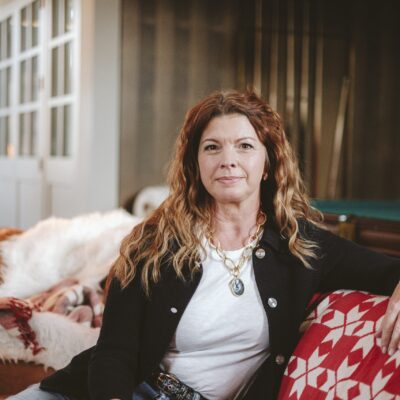Bottle Shock is a new movie about the so-called Judgment of Paris, a 1976 blind tasting that pitted then unknown California wines against the best of Gaul. The American wines won and, so the legend goes, the wine world was never the same again. Today French wine consumption is half what it was 30 years ago and America is predicted to be the world’s leading wine consumer by 2012. The 1976 Paris tasting is American wine’s Founding Myth, and in depicting it, Bottle Shock is about as successful as Disney’s Pocahontas is in telling the story of Jamestown. Scratch that. It’s much worse.
Bottle Shock can’t decide if it wants to be Sideways or Dazed and Confused, and so it settles for just being horrendous. Someone involved with making this film may have accidentally flipped through Judgment of Paris, George Tabor’s 2005 book about the 1976 tasting, but it doesn’t show in the finished product. Read the book; it’s excellent. But if you have to see the movie, then please substitute the phrase “fruit smoothie” every time any character talks about wine. It will be far less silly.
 Free advice: While watching Bottle Shock, substitute the phrase “fruit smoothie” every time any character talks about wine. |
Blind tastings, so named because the names of the wines are hidden from the tasters, are the gold standard for judging wine. Most enophiles consider them to be fair, scientific and democratic. The premise? What’s in the glass is all that matters. Free from the prejudices of price, country of origin, and a famous name, one can get down to the wine itself. In my experience, blind tastings tend to favor the underdog.
I recently attended a Riesling tasting that local wine writer Richard Leahy organized at the C&O. It was a blast; nine wine professionals arguing over which wines were great and which were awful. In the end, we reached an agreement that certainly defied expectations: Up against wines from all over the world, including Napa Valley, the winners ended up being from the Finger Lakes region of New York State.
Thirty-two years ago, California wines were in the same position that wines from New York and Virginia are in today: underdogs that only a few crazed fans take seriously. Soon New York or Virginia will have their own “Judgment of Paris” and find their wines desired the world over (and fodder for crappy movies).
California, on the other hand, is due for a beat down. The wines in the 1976 tasting won because California vintners aimed to replicate French wines and succeeded. In the years since, California wines have mutated to where they taste nothing like the Old World model. Instead, they are over-oaked and technology-driven, with high alcohol levels and gobs of sugary fruit. Worse, the new California style is spreading; the French wines that succeed these days taste more like California wines.
In the movie, the winning California winery, Chateau Montelena, perfectly represents some mythic America—the scrappy, little family business pulling itself up by its grapevines. That’s not quite how it all went down. Owner Jim Barrett, who in the film is a wine-soaked Daniel Boone, was in reality a San Francisco attorney who only visited his winery about twice a month. The wine was actually made by Mike Grgich, a Croatian immigrant who is oddly absent from the film. But history, it seems, has a sense of irony, even if the filmmakers have no sense of history; Chateau Montelena was recently purchased from the Barrett family by a French winery.





